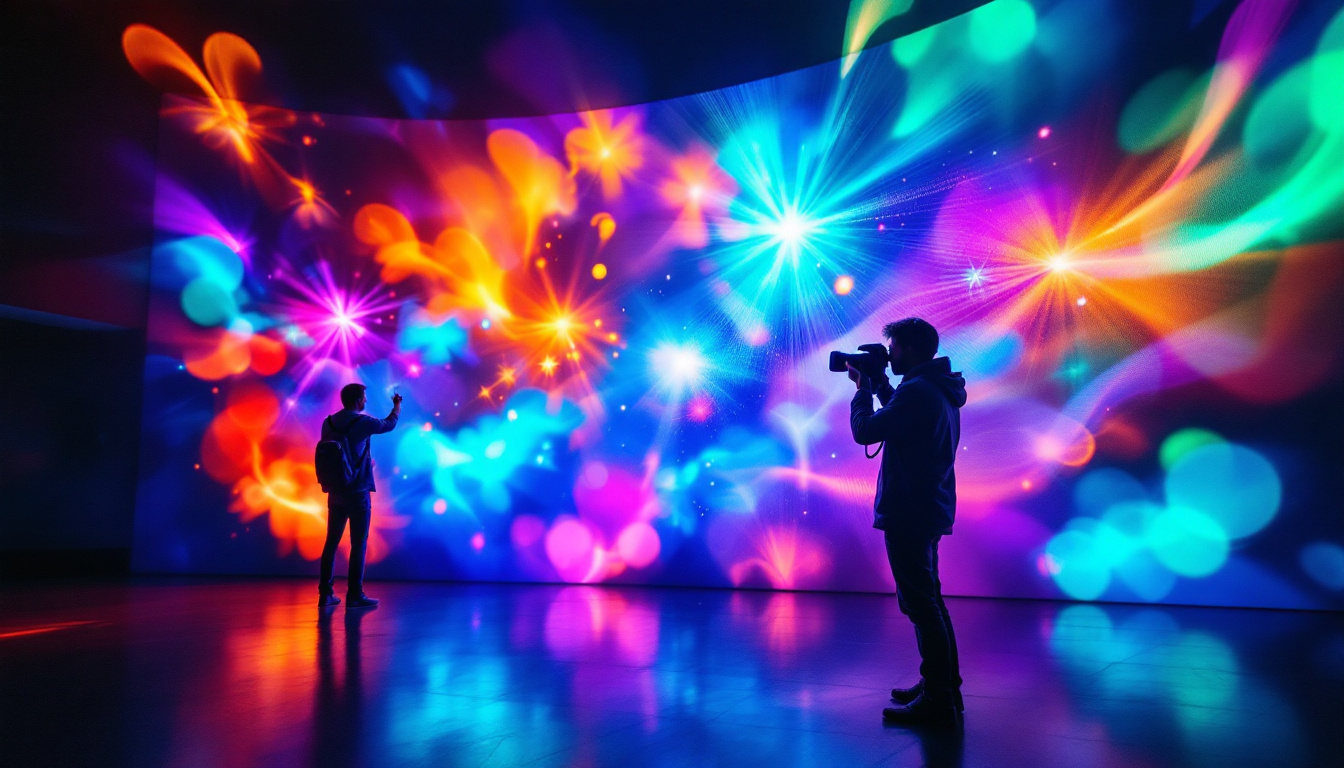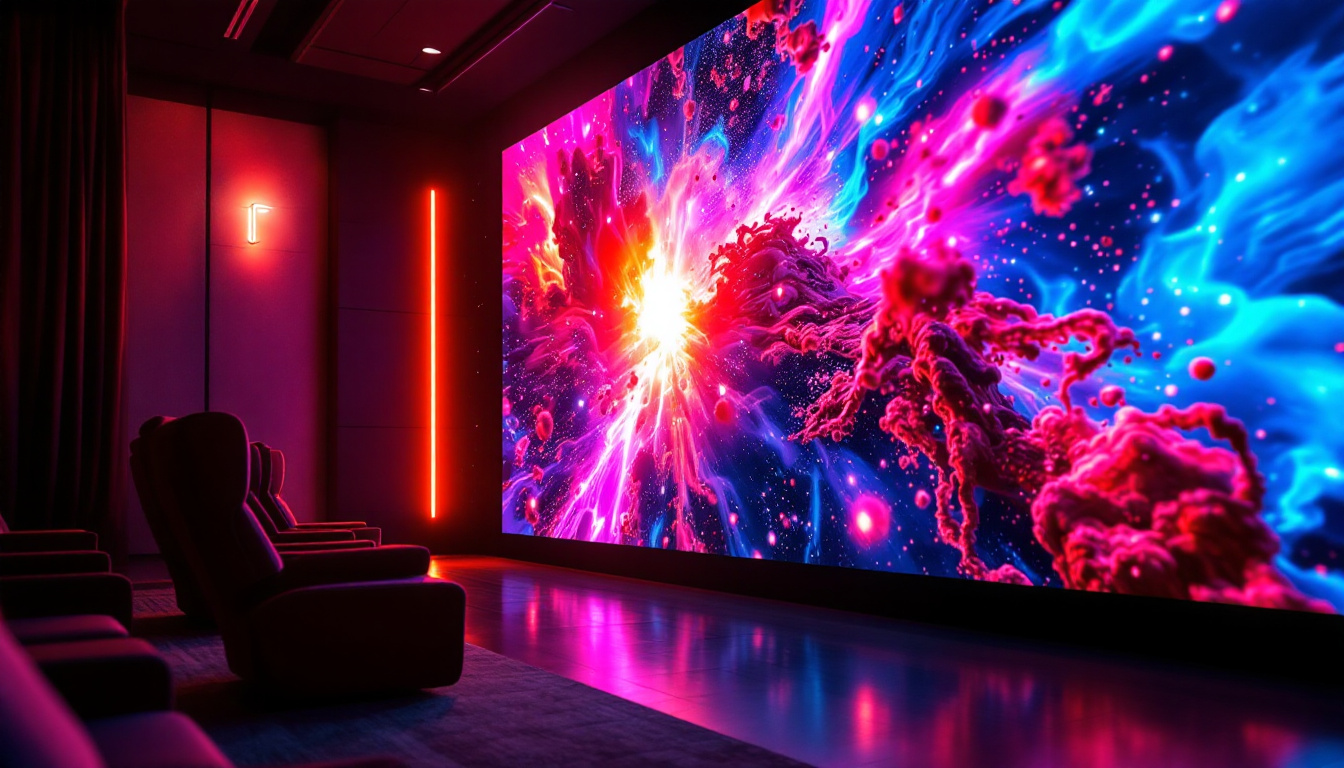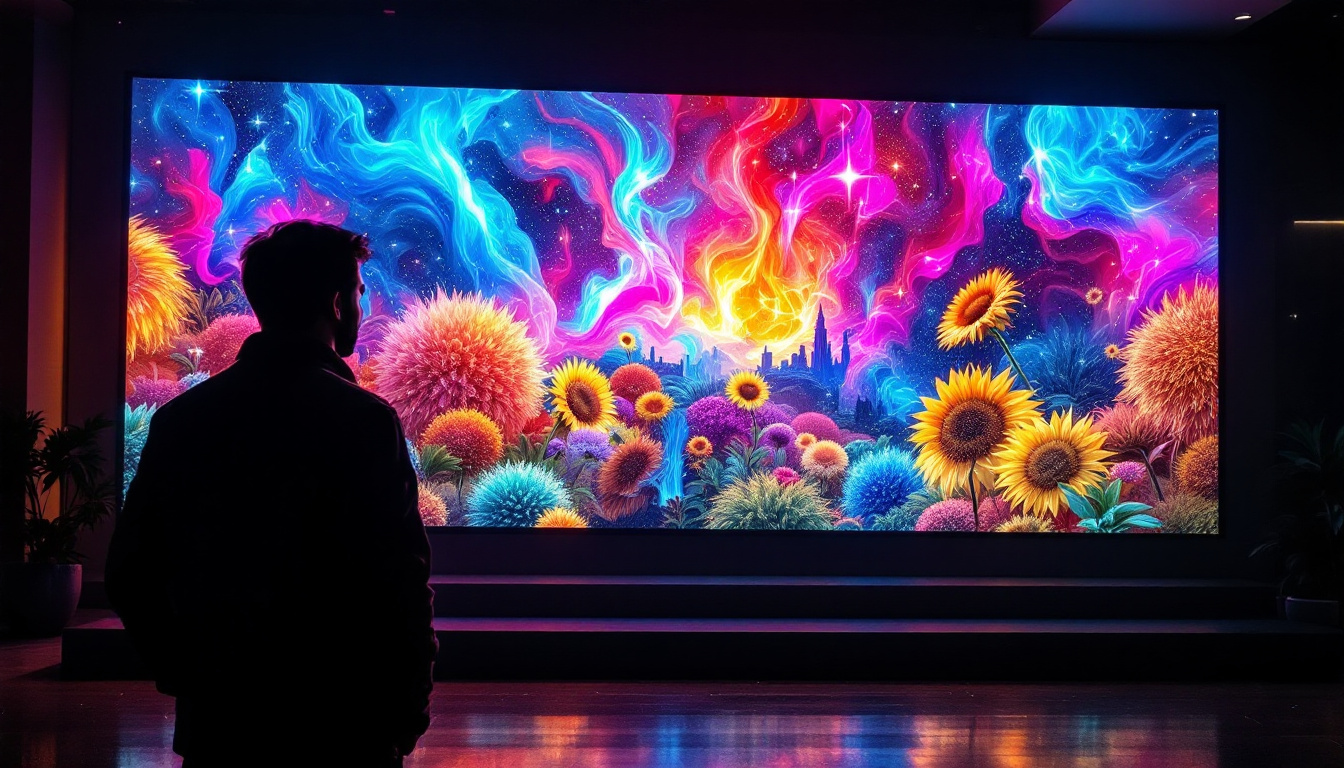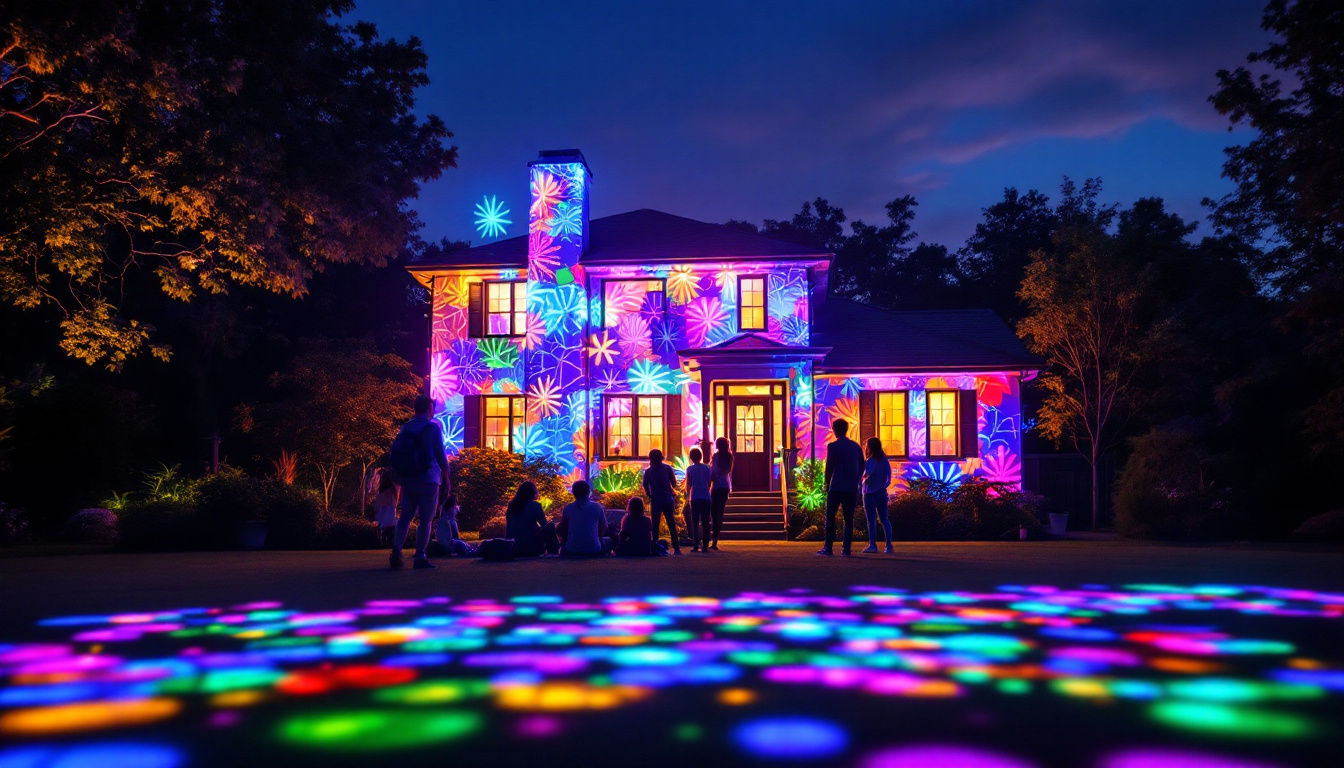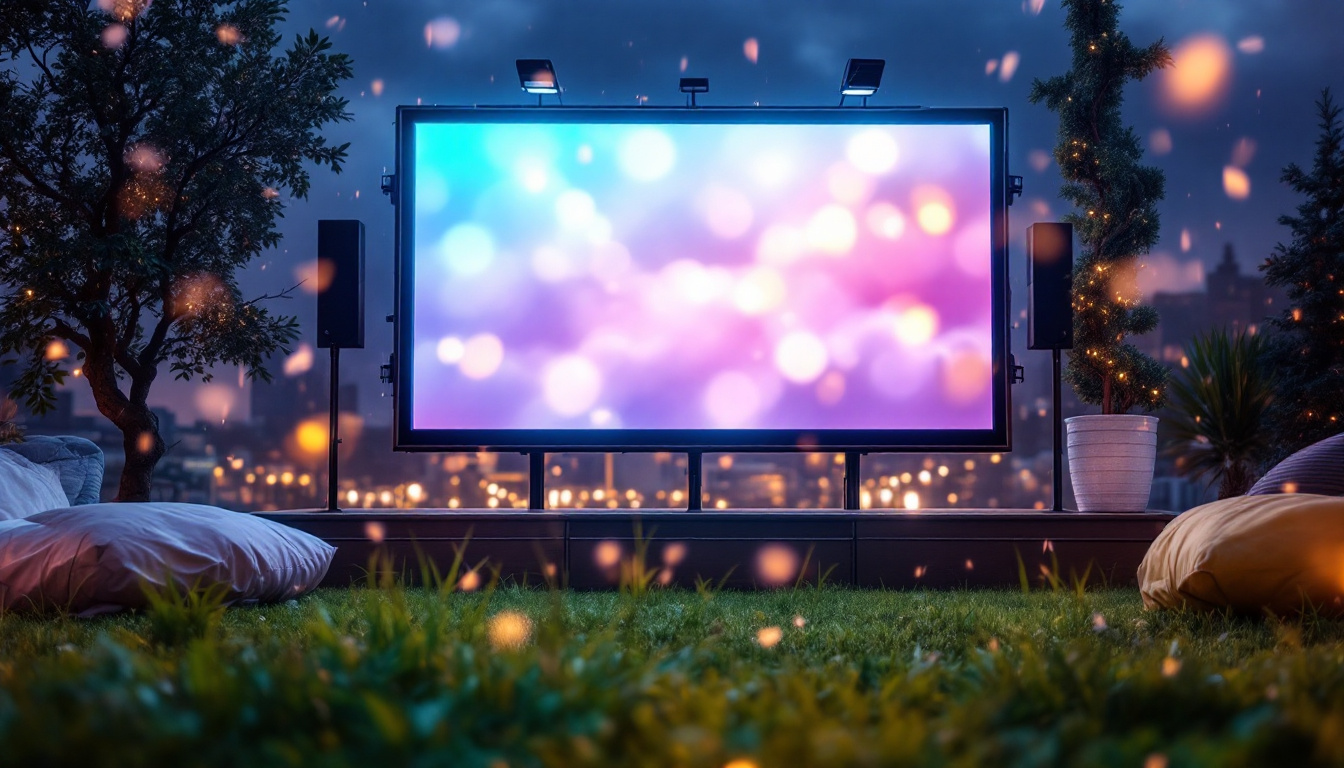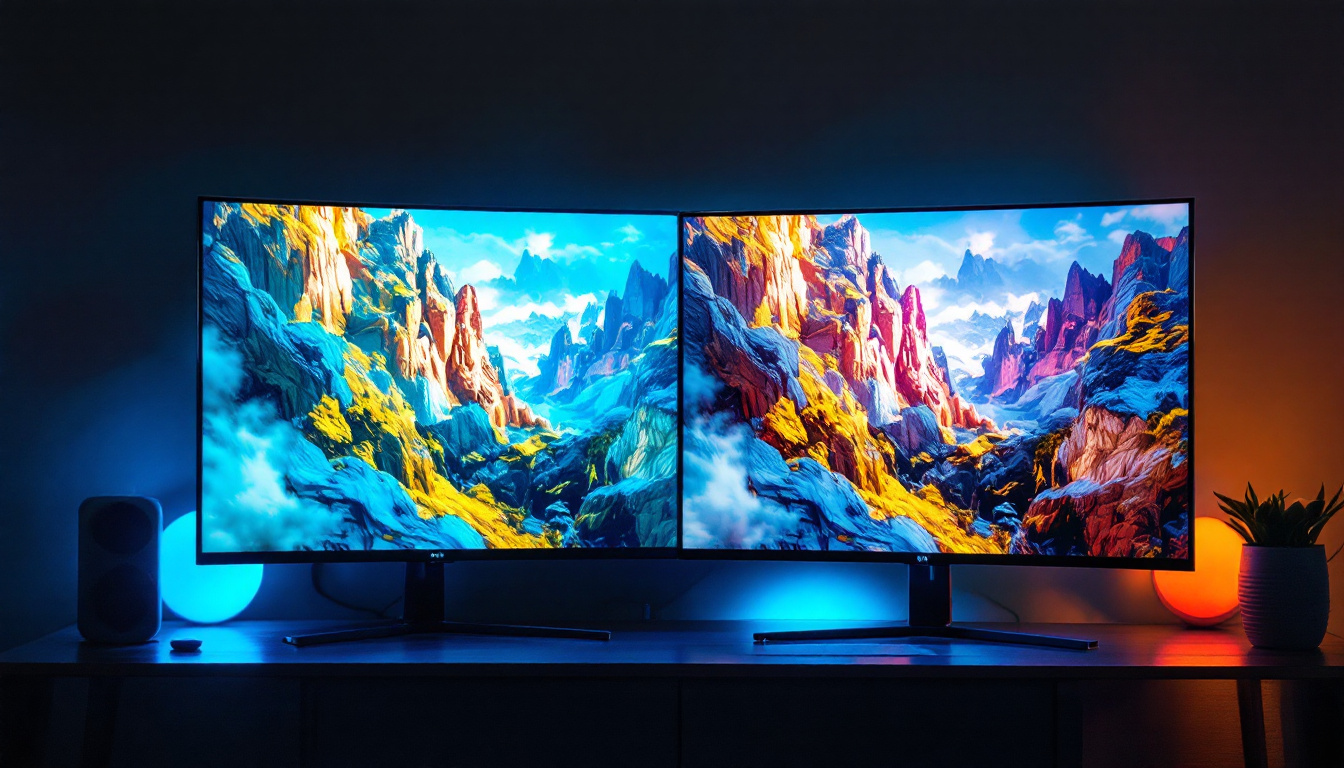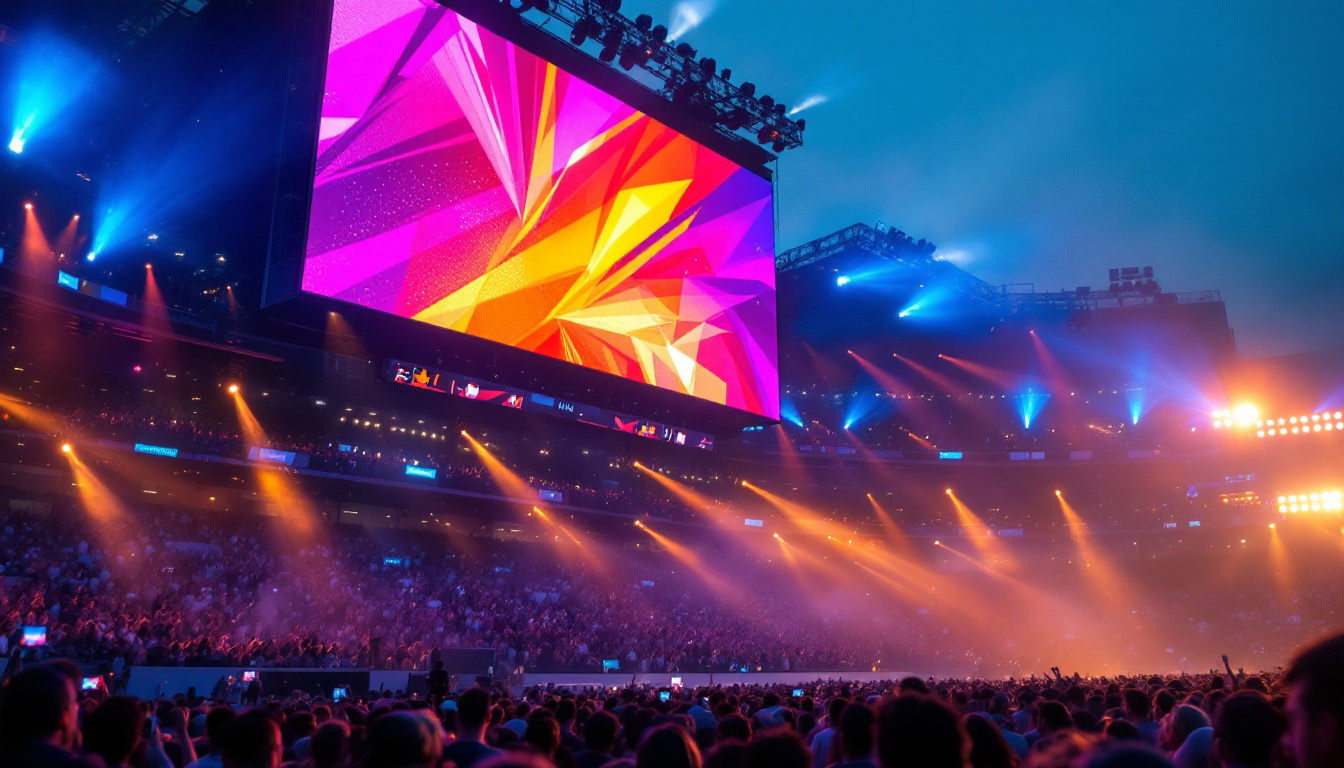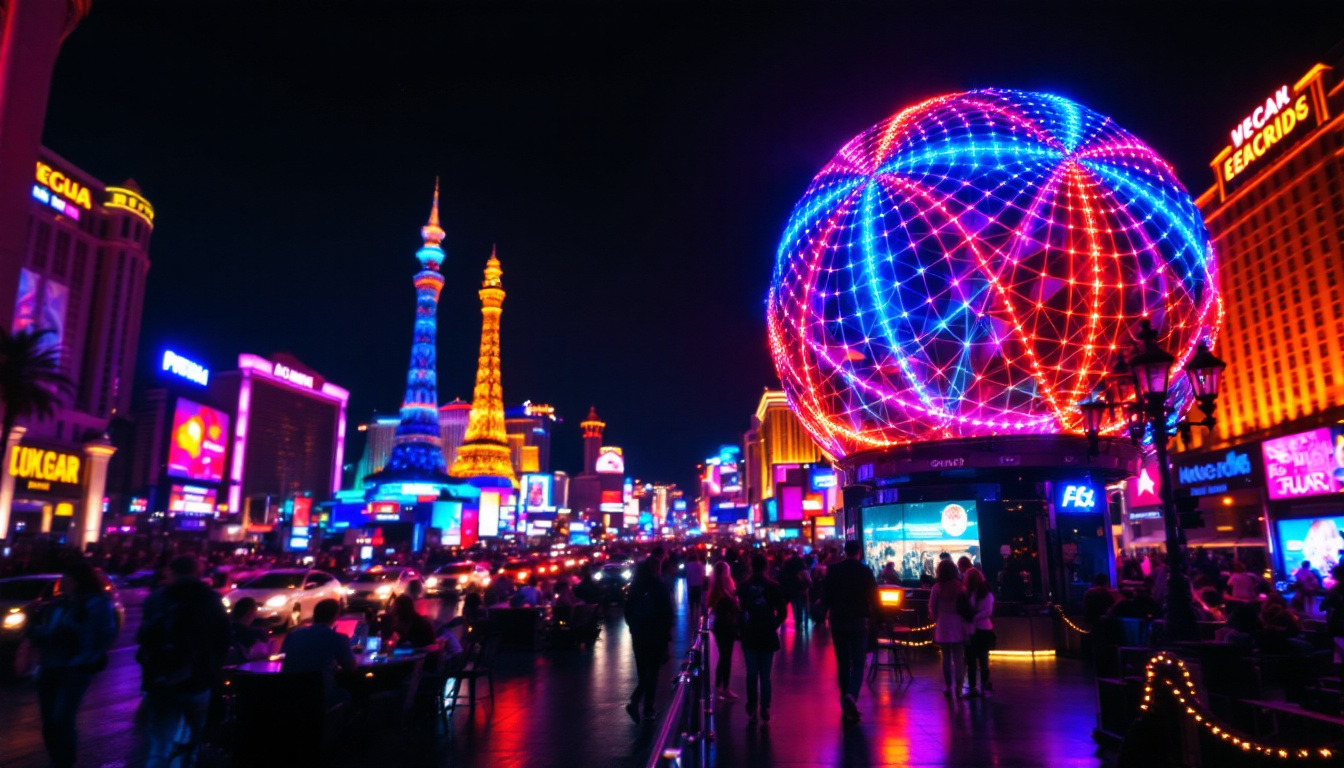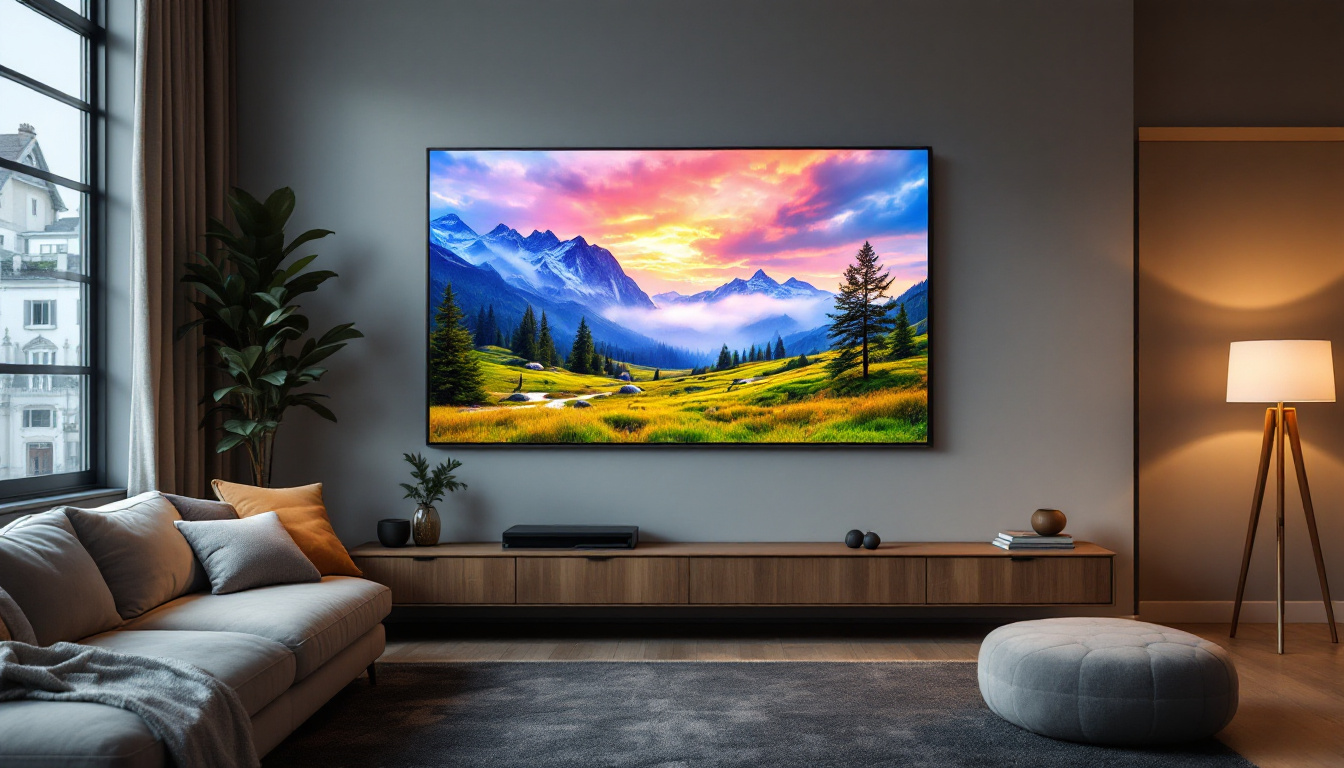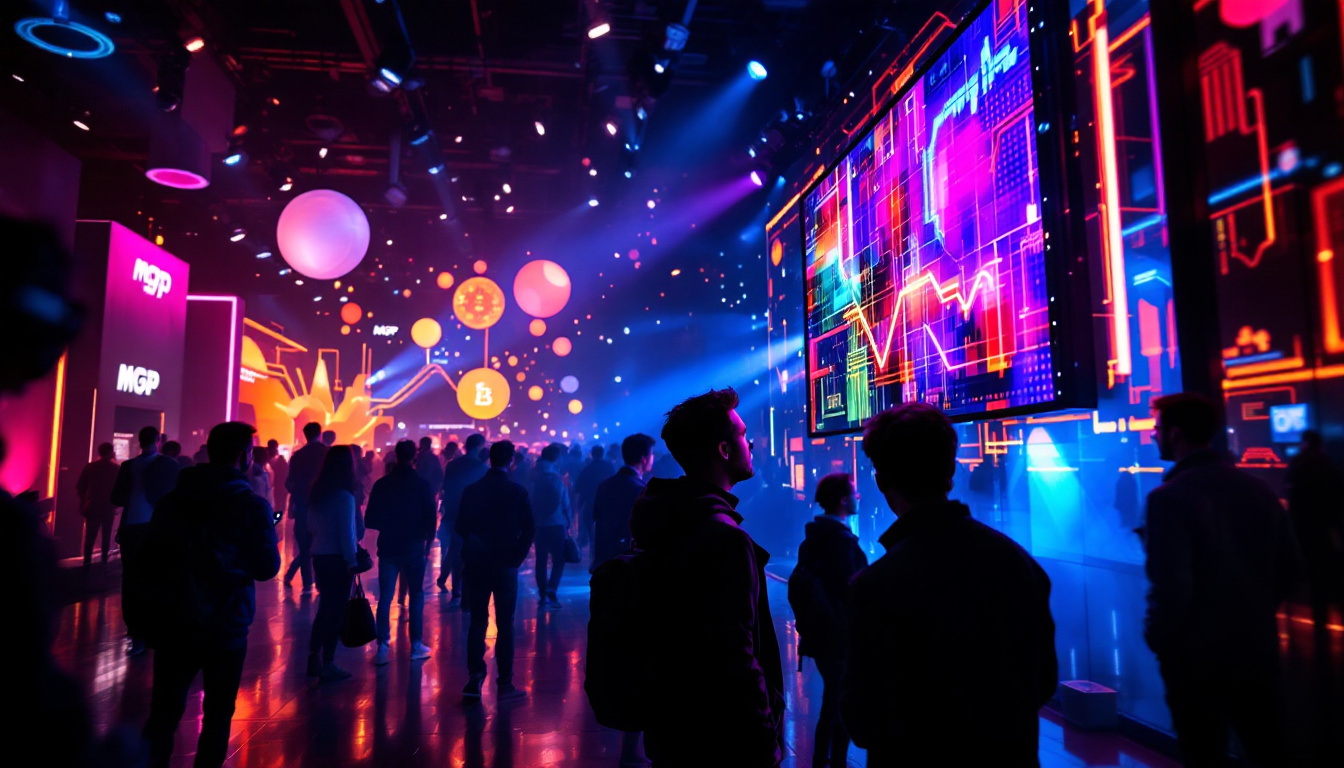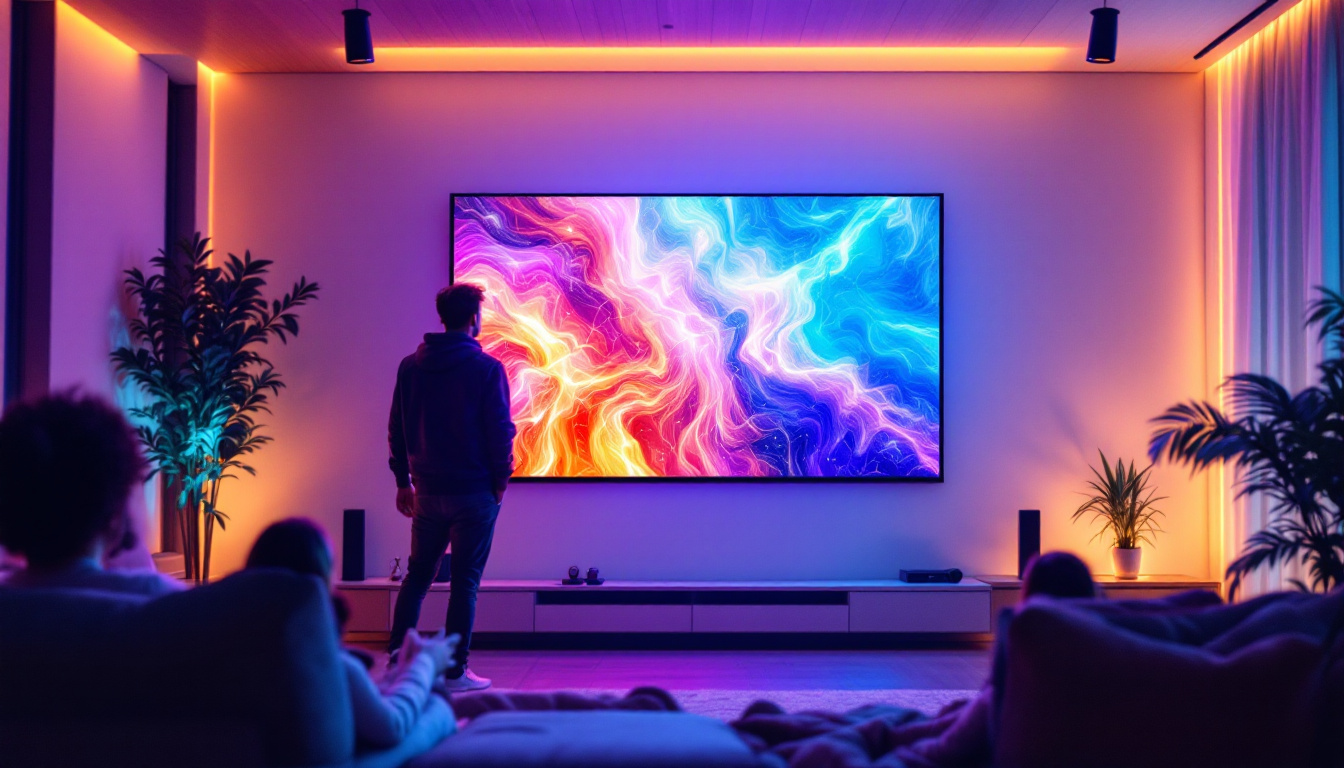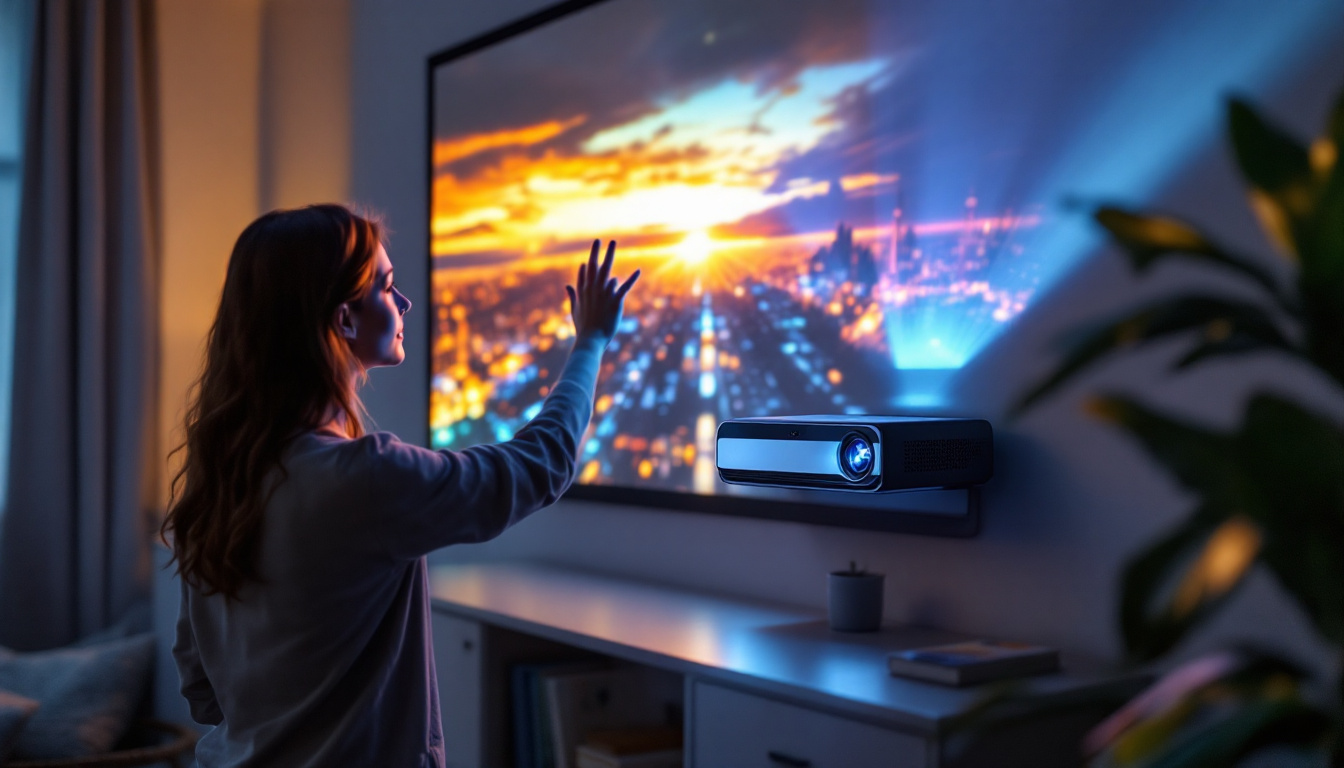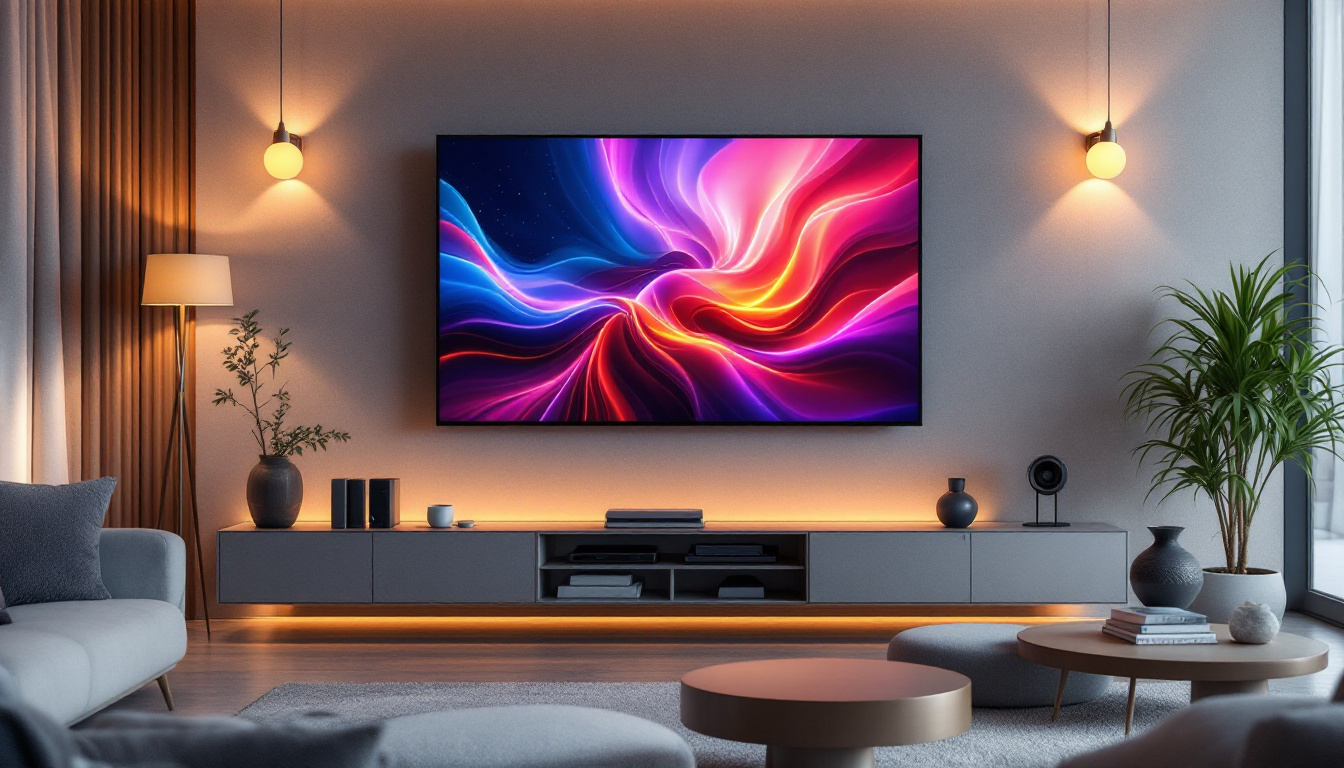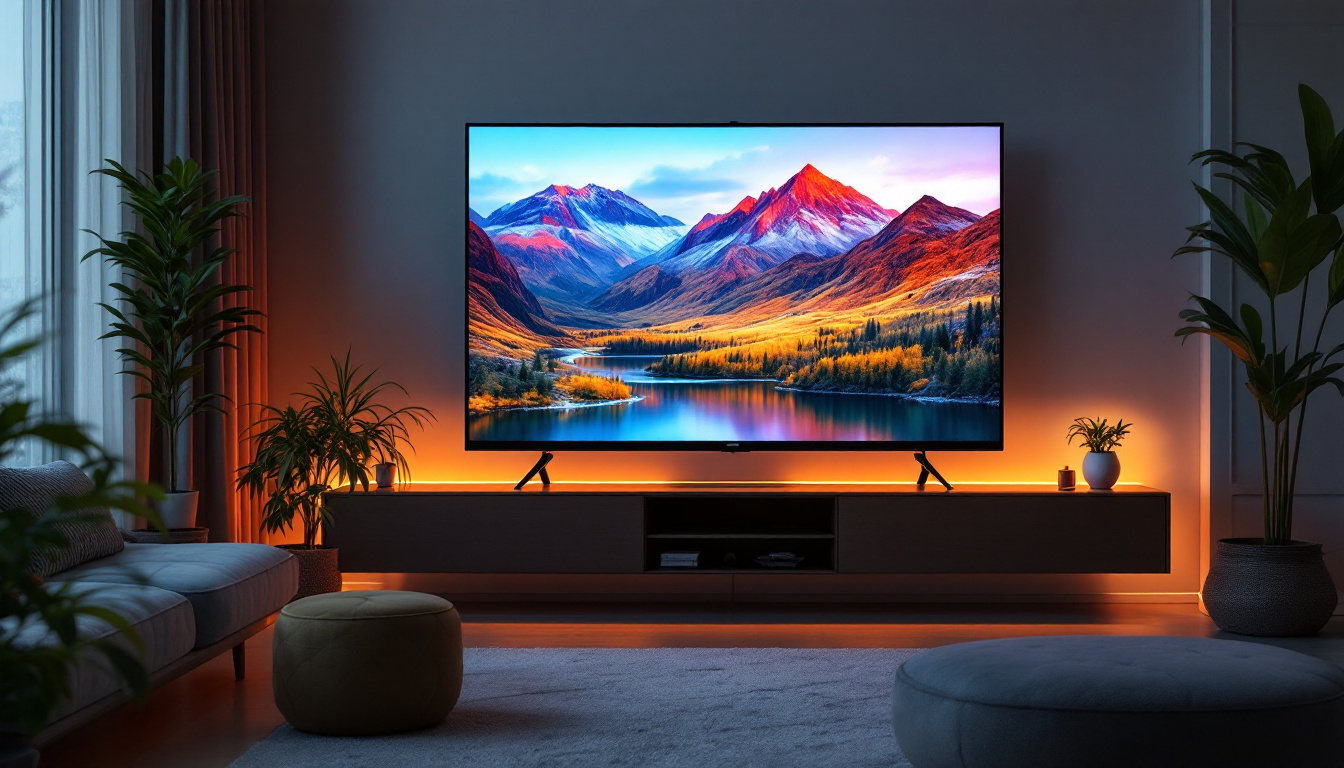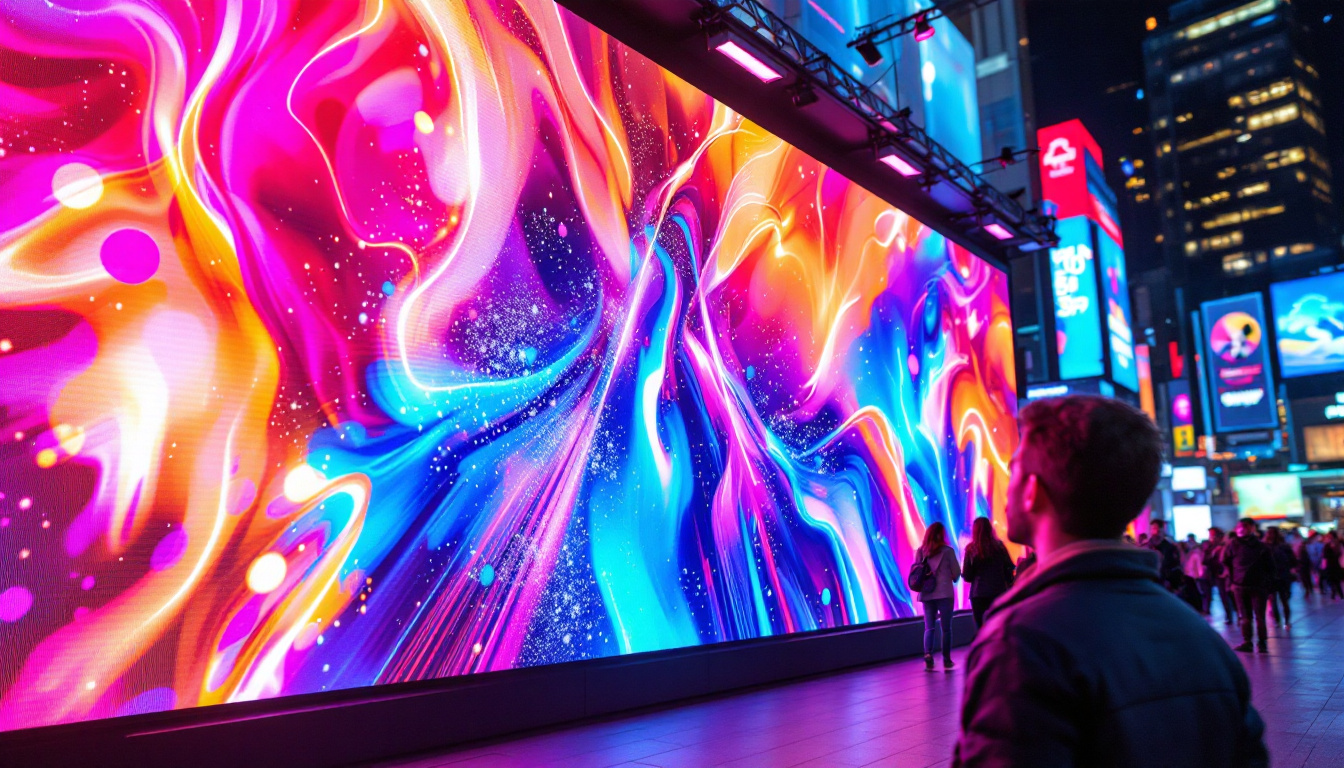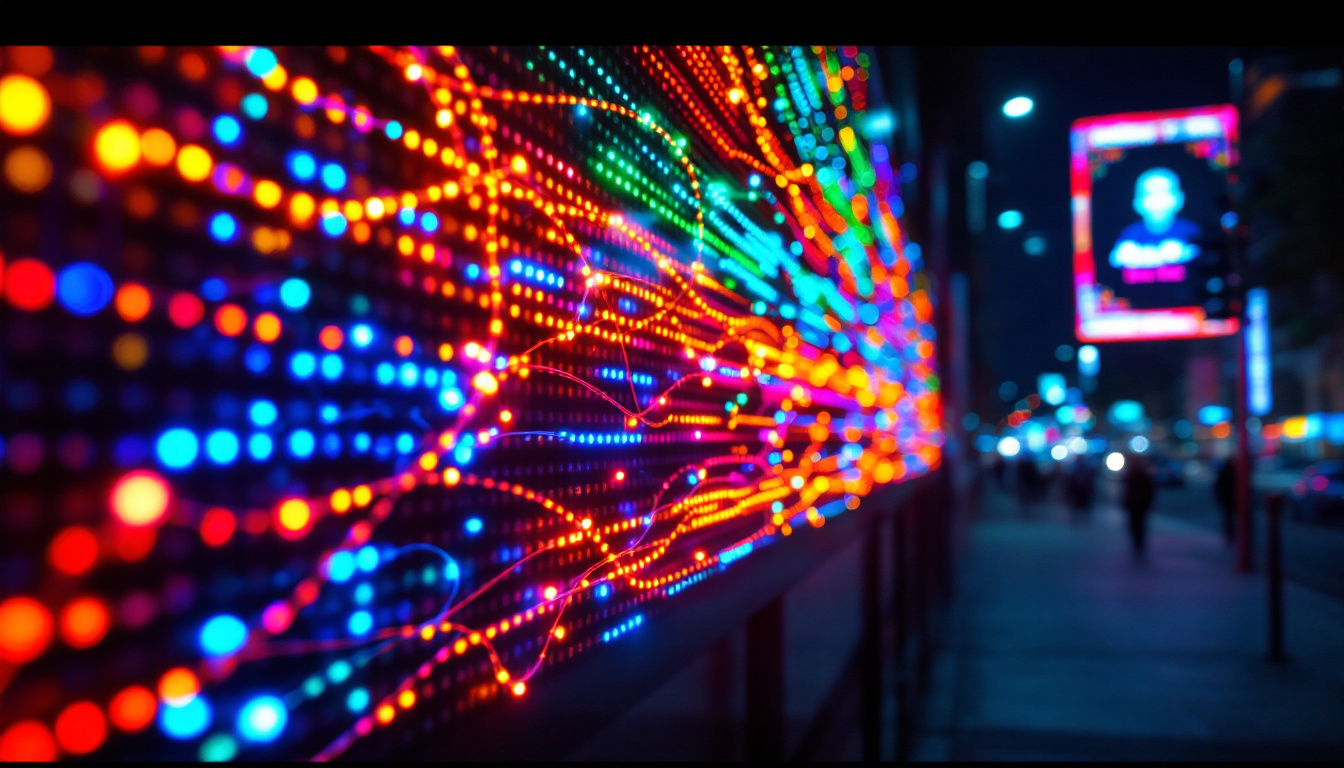In today’s visually driven world, the demand for high-quality displays is at an all-time high. From advertising to entertainment, LED displays have become a popular choice for a variety of applications. This article delves into the intricacies of LED displays, exploring their technology, advantages, applications, and future trends.
Understanding LED Technology
Light Emitting Diodes (LEDs) are semiconductor devices that emit light when an electric current passes through them. This simple yet powerful technology has revolutionized the way images and videos are displayed. Unlike traditional display technologies such as LCD or CRT, LED displays offer significant advantages in terms of brightness, energy efficiency, and longevity. The compact nature of LEDs also allows for thinner and lighter display units, making them more versatile for various applications, from large-scale outdoor billboards to sleek indoor screens.
How LED Displays Work
LED displays consist of numerous tiny LED bulbs arranged in a grid. Each pixel in an LED display is made up of red, green, and blue (RGB) diodes, which can be adjusted to create a wide spectrum of colors. The combination of these colors allows for the display of vibrant images and videos. When electricity flows through the diodes, they emit light, which is then combined to form the final output seen by the viewer. This ability to control each pixel independently enables LED displays to achieve high contrast ratios and deep blacks, enhancing the overall viewing experience.
The technology behind LED displays can be categorized into two main types: direct view and backlit. Direct view LED displays consist of individual LEDs that form the entire image, while backlit displays use LEDs to illuminate an LCD panel. Each type has its own set of advantages, making them suitable for different applications. For instance, direct view displays are often used in large-scale installations where visibility from a distance is crucial, while backlit displays are more common in consumer electronics like televisions and computer monitors.
Types of LED Displays
LED displays come in various forms, tailored to meet specific needs. The most common types include:
- Indoor LED Displays: These are typically used in venues such as shopping malls, conference rooms, and theaters. They offer high resolution and vibrant colors, making them ideal for close viewing. Indoor displays often feature advanced technologies like pixel pitch optimization, which enhances image clarity even at close distances.
- Outdoor LED Displays: Designed to withstand harsh weather conditions, outdoor LED displays are used for billboards, sports arenas, and public events. They are brighter and more durable than indoor displays, often featuring protective coatings to resist UV rays and moisture. Many outdoor displays also incorporate sensors that adjust brightness based on ambient light, ensuring optimal visibility at all times.
- Transparent LED Displays: This innovative technology allows for the display of images while still being able to see through the screen. They are often used in retail environments to create eye-catching displays without obstructing views. Transparent LED displays can also be integrated into windows, allowing businesses to showcase advertisements while maintaining natural light in their spaces.
Additionally, there are specialty LED displays such as flexible LED screens, which can be bent and shaped to fit unique installations, and high-definition LED displays that provide ultra-clear images for professional broadcasting and events. The versatility of LED technology continues to expand, paving the way for new creative applications in advertising, entertainment, and information dissemination.
Advantages of LED Displays
LED displays offer numerous benefits that make them a preferred choice for many applications. Understanding these advantages can help businesses and individuals make informed decisions when selecting display solutions.
Energy Efficiency
One of the most significant advantages of LED displays is their energy efficiency. Compared to traditional display technologies, LEDs consume considerably less power while providing superior brightness. This not only reduces electricity costs but also contributes to a lower carbon footprint, making LED displays an environmentally friendly option. Furthermore, the reduced energy consumption can lead to substantial savings for businesses, especially those operating large-scale installations or digital signage networks. As energy prices continue to rise, the cost-effectiveness of LED technology becomes increasingly appealing.
Longevity and Durability
LEDs are known for their long lifespan, often lasting up to 100,000 hours or more. This longevity translates to reduced maintenance and replacement costs over time. Additionally, LED displays are more resistant to shock and vibration, making them suitable for high-traffic environments and outdoor installations. Their robust nature ensures that they can withstand various weather conditions, from intense sunlight to heavy rain, without compromising performance. This durability not only enhances the return on investment but also ensures that businesses can rely on their displays for consistent performance in demanding settings.
High Brightness and Contrast
The brightness of LED displays is another compelling advantage. They can produce vibrant colors and high contrast ratios, ensuring that images remain clear and vivid even in bright sunlight. This feature is particularly beneficial for outdoor advertising and events where visibility is crucial. Additionally, the ability to adjust brightness levels dynamically means that LED displays can maintain optimal visibility in varying light conditions, enhancing the viewer’s experience. The technology also allows for a wider color gamut, enabling more accurate and striking representations of images and videos, which can captivate audiences and effectively convey messages.
Versatility in Applications
Another noteworthy advantage of LED displays is their versatility across various applications. From retail environments showcasing dynamic advertisements to stadiums displaying live events, LED technology can be tailored to fit diverse needs. Their modular design allows for creative configurations, enabling businesses to create unique display shapes and sizes that can enhance branding and engagement. Moreover, advancements in LED technology have led to innovations such as transparent and flexible displays, further expanding their potential uses in both commercial and artistic settings. This adaptability makes LED displays an ideal choice for a wide range of industries, including entertainment, transportation, and education.
Applications of LED Displays
The versatility of LED displays allows them to be used in a wide range of applications across various industries. From advertising to entertainment, their impact is significant.
Advertising and Marketing
LED displays have transformed the advertising landscape. Digital billboards and signage allow businesses to showcase dynamic content that can be updated in real-time. This flexibility enables advertisers to tailor their messages based on audience demographics, time of day, or special events, enhancing engagement and effectiveness.
Entertainment and Events
In the entertainment industry, LED displays play a crucial role in enhancing the audience experience. Concerts, festivals, and sporting events utilize large LED screens to display live feeds, graphics, and advertisements. The immersive experience created by these displays captivates audiences and elevates the overall event atmosphere.
Corporate and Educational Use
LED displays are increasingly being adopted in corporate environments for presentations, meetings, and training sessions. Their ability to display high-quality visuals makes them ideal for conveying complex information effectively. In educational settings, LED displays can enhance learning experiences by providing interactive and engaging content.
Challenges and Considerations
While LED displays offer numerous benefits, there are also challenges and considerations that potential users should be aware of. Understanding these factors can help in making informed decisions.
Initial Costs
The initial investment for LED displays can be higher than traditional display technologies. However, the long-term savings in energy costs and maintenance often justify the upfront expense. Businesses should consider the total cost of ownership when evaluating display options.
Viewing Angles and Resolution
Another consideration is the viewing angle and resolution of LED displays. While many modern LED displays offer wide viewing angles, some lower-quality models may have limitations. It is essential to select displays with appropriate resolution and viewing angles based on the intended use and audience distance.
Future Trends in LED Display Technology
The LED display industry is constantly evolving, with new technologies and trends emerging regularly. Staying informed about these developments can provide insights into future applications and improvements.
Advancements in MicroLED Technology
MicroLED technology is one of the most exciting advancements in the display industry. This technology utilizes microscopic LEDs to create displays that are thinner, lighter, and more energy-efficient than traditional LED displays. MicroLEDs promise to deliver even higher resolutions and improved color accuracy, making them ideal for a variety of applications.
Integration with Smart Technology
As smart technology continues to gain traction, LED displays are increasingly being integrated with IoT devices and artificial intelligence. This integration allows for more personalized and interactive experiences, enabling users to control displays remotely and customize content based on real-time data.
Environmental Sustainability
With growing awareness of environmental issues, the demand for sustainable display solutions is on the rise. Manufacturers are focusing on creating eco-friendly LED displays that use recyclable materials and consume less energy. This trend aligns with global efforts to reduce waste and promote sustainability in technology.
Conclusion
LED displays have become an integral part of modern visual communication, offering unparalleled advantages in brightness, energy efficiency, and versatility. As technology continues to advance, the potential applications for LED displays will only expand, making them an essential tool for businesses and individuals alike. Understanding the intricacies of LED technology, its benefits, and its future trends can empower users to make informed decisions that enhance their visual experiences.
In a world where visual impact is paramount, LED displays stand out as a leading solution, bridging the gap between technology and creativity. Whether for advertising, entertainment, or corporate use, the potential of LED displays is limitless, paving the way for a brighter, more engaging future.
Explore Cutting-Edge LED Display Solutions with LumenMatrix
Ready to elevate your visual communication strategy with the latest in LED display technology? LumenMatrix is at the forefront of innovation, offering a wide array of LED display modules designed to capture attention and create immersive experiences. From vibrant Indoor LED Wall Displays to dynamic Outdoor LED Wall Displays, and from versatile Vehicle LED Displays to sleek LED Poster Displays, our solutions cater to every need. Discover the transformative power of LED Sports Displays, interactive Floor LED Displays, and the stunning clarity of our Custom and All-in-One LED Display options, including LED Transparent Displays. Embrace the future of digital signage with LumenMatrix and make a lasting impression. Check out LumenMatrix LED Display Solutions today and see your vision come to life.

